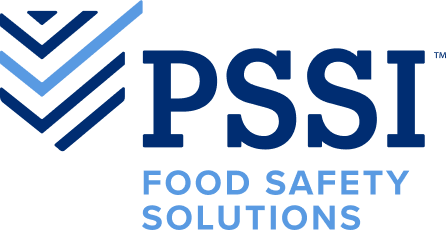The saying ‘garbage in, garbage out’ refers to the idea that in any system, the quality of output is determined by the quality of the input. This is true for microbiological testing as well; a test result will only be as good as the sample collected. It may seem trivial, but sampling is a huge variable that can affect the test result.
In order to utilize a test result to make an informed decision, all steps of the analytical process must be robust. The sampling plan, sample collection, sample preparation and processing, and analysis are all necessary pieces to a trustworthy microbiological test result. These test results, in the context of food safety and quality, support the efficacy of microbial control programs, such as Hazard Analysis & Critical Control Point (HACCP) and Good Manufacturing Practices (GMPs).
After deciding what microorganisms will be tested and the respective test method, one can move to determining how many samples to collect. When testing finished products, it is unrealistic to analyze every piece of food. As a compromise the batch is sampled such that the number of samples collected makes up a statistically valid representation of the entire lot.
In food microbiology, sampling plans were developed to account for risk to public health and conditions under which the food is expected to be consumed. The International Commission on Microbiological Specifications for Foods (ICMSF) has published 15 sampling plans. Some plans are used when testing for the presence/absence of pathogens, while other plans are applied when controlling contamination limits of spoilage or indicator microorganisms. As an example, the most stringent sampling plan is “n = 60, c = 0”, where sixty samples from a batch are tested and all must have zero detectable pathogen to accept or pass that product lot.
For more information on how to select an applicable sampling plan, please refer to Microorganisms in Foods 2, Sampling for microbiological analysis: Principles and specific applications (2nd edition; 1986). Available here.
A lot of work goes into deciding what microbe to test for, what microbiological test method to use, and how many samples to take. Once those are finalized, it is time to collect samples. The most important rule to sample collection is aseptic technique. During sampling, the goal is to not introduce additional microorganisms into the sample. Some best practices include using sterile sampling equipment and containers. Opening and closing containers carefully; avoid touching the inside or opening of the container. Don fresh gloves or sanitize gloves before and after each sample that is collected.
There are numerous factors that can affect obtaining a reliable test result, many of which revolve around sampling. ‘Garbage in, garbage out’ brings awareness to the impact of the sampling plan and sample collection practices on the final microbial result.

